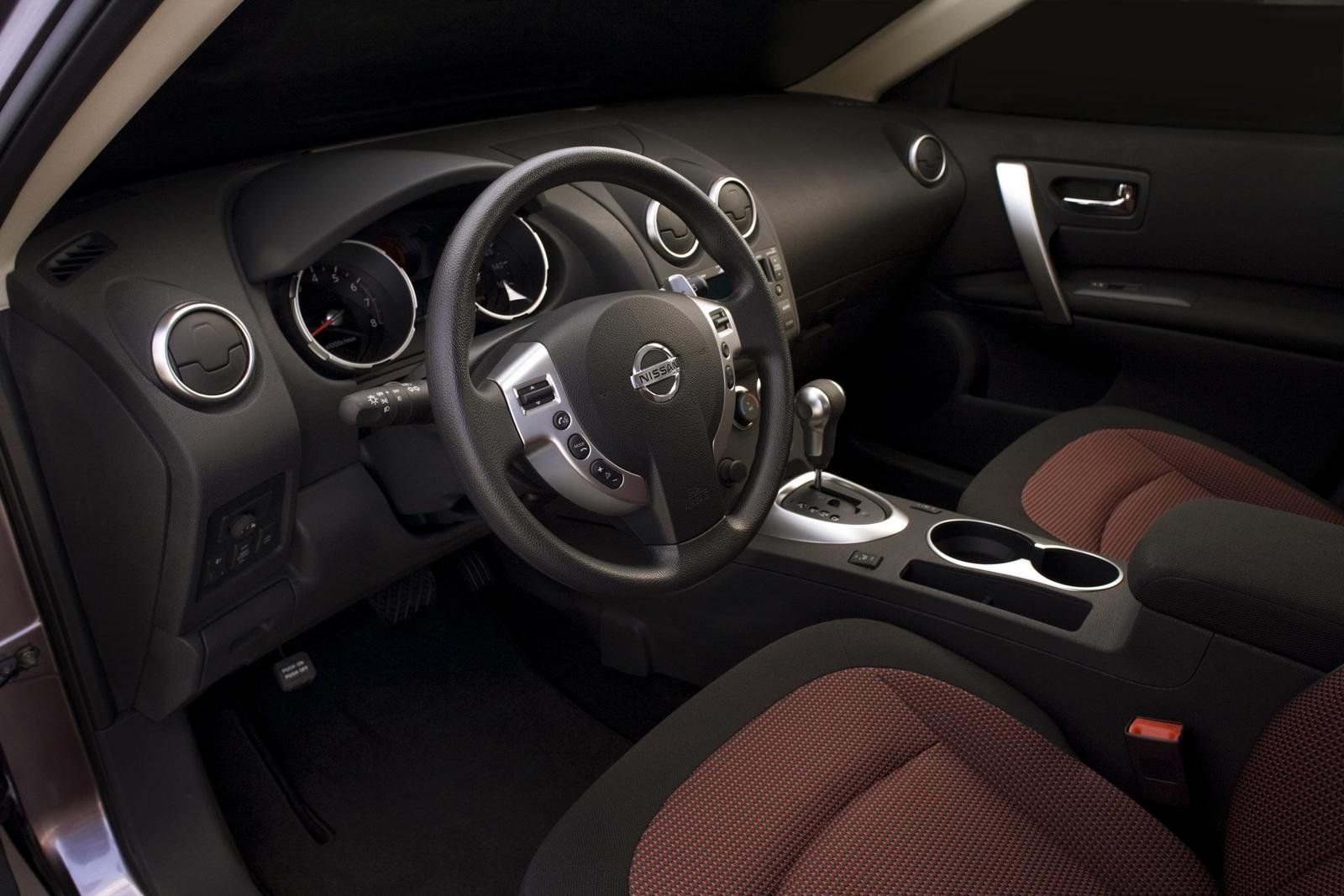




The Rogue’s only engine is the 16-valve 2.5-liter QR25DE shared with the Sentra and Altima sedans. This all-aluminum inline four is an open-deck engine designed for compactness and light weight. It has chain-driven dual overhead cams; continuously variable timing for the intake valves; Nissan’s Direct Ignition System; and twin balance shafts to reduce vibration. In the Rogue it is rated at 170 horsepower and 175 lb-ft of torque.



Despite the QR25DE’s variable valve timing and long-stroke design which are supposed to enhance low-end torque most reviewers find this engine annoyingly weak at low speeds. Unlike some other four-cylinder SUVs which provide good off-the-line grunt but run out of breath at high revs the Rogue’s 2.5-liter engine provides anemic mid-range response coming on strongly at higher speeds.

The 2.5-liter engine’s 170 horsepower is at the low end for this class. The four-cylinder Toyota RAV4 has 179 horsepower the Honda CR-V 180 horsepower and the Chevrolet Equinox 182 horsepower; several rivals also offer V6 engines. The Rogue’s performance is not dramatically inferior to its four-cylinder competition but reviewers wish for more power for safer merging and passing.

The Rogue’s standard Xtronic continuously variable transmission (CVT) does not help much. While this transmission works well with Nissan’s larger V6s many critics say it only emphasizes the 2.5-liter engine’s lack of power and raucous demeanor. The big four is reasonably quiet when cruising but it becomes obnoxiously noisy in even moderate acceleration.


The EPA estimates the 2.5-liter’s fuel economy at 22/27 for FWD Rogues 21/26 with AWD. Both are average for this class comparable to the Honda CR-V and four-cylinder RAV4 but well behind the 22/32 rating of the FWD Chevrolet Equinox. Like most rivals the Rogue uses regular fuel.
TheVideo Review Of Nissan Rogue
The Interior Design Of Nissan Rogue


The dashboard is simple and foldable rear and passenger seats provide extra storage space. Optional features include Bluetooth phone capability, heated seats and side mirrors, and a hidden cargo organizer. The electronic stability system is standard, as are anti-lock brakes with brake assist and side-impact airbags.




No comments:
Post a Comment